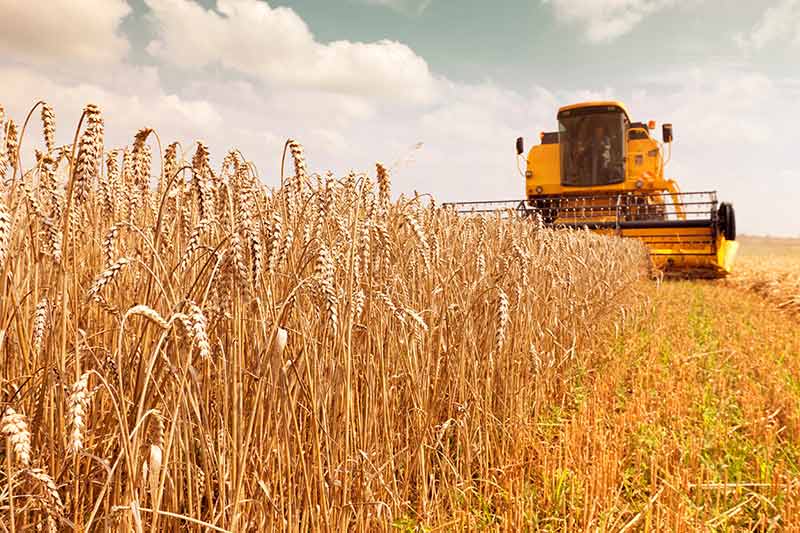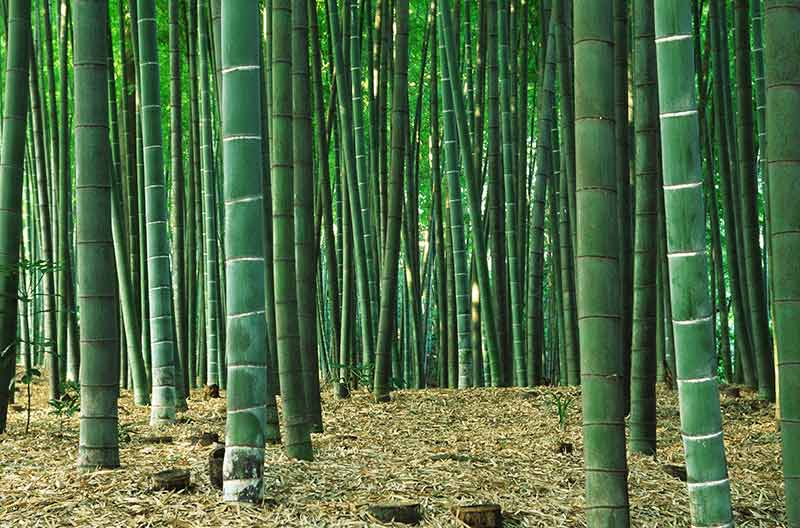10 Surprising Facts About Grass
Grasses are often considered valuable for their aesthetic qualities, but there is much more to these plants than meets the eye. All grasses are in the Poaceae family, which is one of the most abundant families of plants on earth.1 From pasture grasses for animal consumption to food crops, such as oat and barley, for human consumption, grasses make up the world's most significant food source.

While there are more than 10,000 varieties of plants in the Poaceae family, different types of grasses have some similarities. All grasses produce seeds that are monocotyledonous, which means that each seed produces only one leaf sprout. Additionally, most grasses are herbaceous, so they don't produce woody stems, and they die back to the ground at the end of the growing season.1
Grasses are invaluable assets to our planet and its inhabitants. With a better understanding and appreciation for grasses, you may never look at your lawn the same way again. Here are 10 unusual facts you may not know about the Poaceae family of plants:
1. About 1,400 species of grasses exist in the United States.1
2. Grasses make up about 26% of the plant life on earth.2
3. By weight, turfgrass is 75 to 80% water.3
4. Varieties of grass grow on all continents, even in polar regions. Antarctic hairgrass (Deschampsia Antarctica) is the only member of the Poaceae family native to Antarctica.4
5. A healthy lawn can increase a home's value by up to 20%.3

6. Grass-covered lawns, prairies and hillsides help prevent erosion by keeping soil in place with their root systems.7
7. Grass lawns improve air quality by producing oxygen and trapping airborne dust particles and other contaminants.6
8. Home landscapes that include grass lawns, trees and shrubs can reduce the air temperature surrounding the home by up to 14°F.8
9. Giant bamboo, which can grow up to 151 feet tall, is the largest variety of grass.5

10. A 2,500 square foot lawn produces enough oxygen for a family of four.3
Because grasses have a positive impact on climate, clean water and air quality, every homeowner can take part in supporting a healthy environment. While you're probably not growing giant bamboo or Arctic hairgrass, maintaining your lawn is a simple way to improve your air quality while increasing the value of your home. With a hand from Pennington lawn & garden products, you can keep your grass and your gardens looking their best.
- "Grasses Are Very Common but Very Important," National Forage & Grasslands Curriculum
- Eleonora Panunzi, "Are Grasslands Under Threat," Food and Agriculture Organization of the United Nations, July 2008
- "Lawn and Turfgrass Facts and Stats" The Lawn Institute
- "Transcriptome sequencing of the Antarctic vascular plant Deschampsia antarctica Desv. under abiotic stress," US National Library of Medicine, November 2012
- "What is the Tallest Grass Plant in the World?," USDA: Grass Roots Initiative
- "Other Turfgrass Benefits to the Environment," University of Minnesota Extension
- Paul Pugliese, "Tackle Erosion with Grasses, Landscape Plants and Terraces," University of Georgia College of Agricultural & Environmental Sciences, January 2013
- "Turfgrass Benefits Related to Temperature Modification," University of Minnesota Extension


